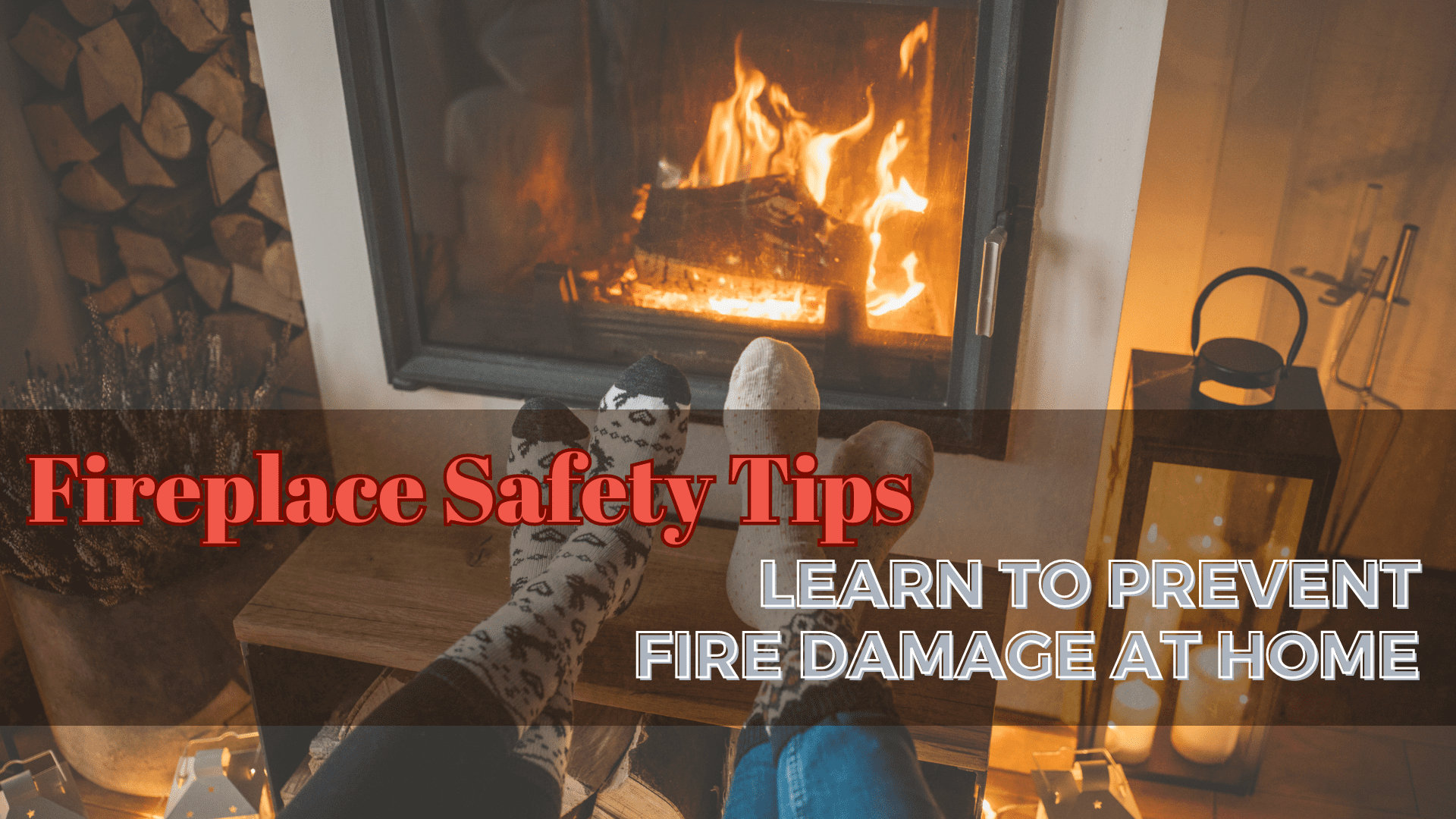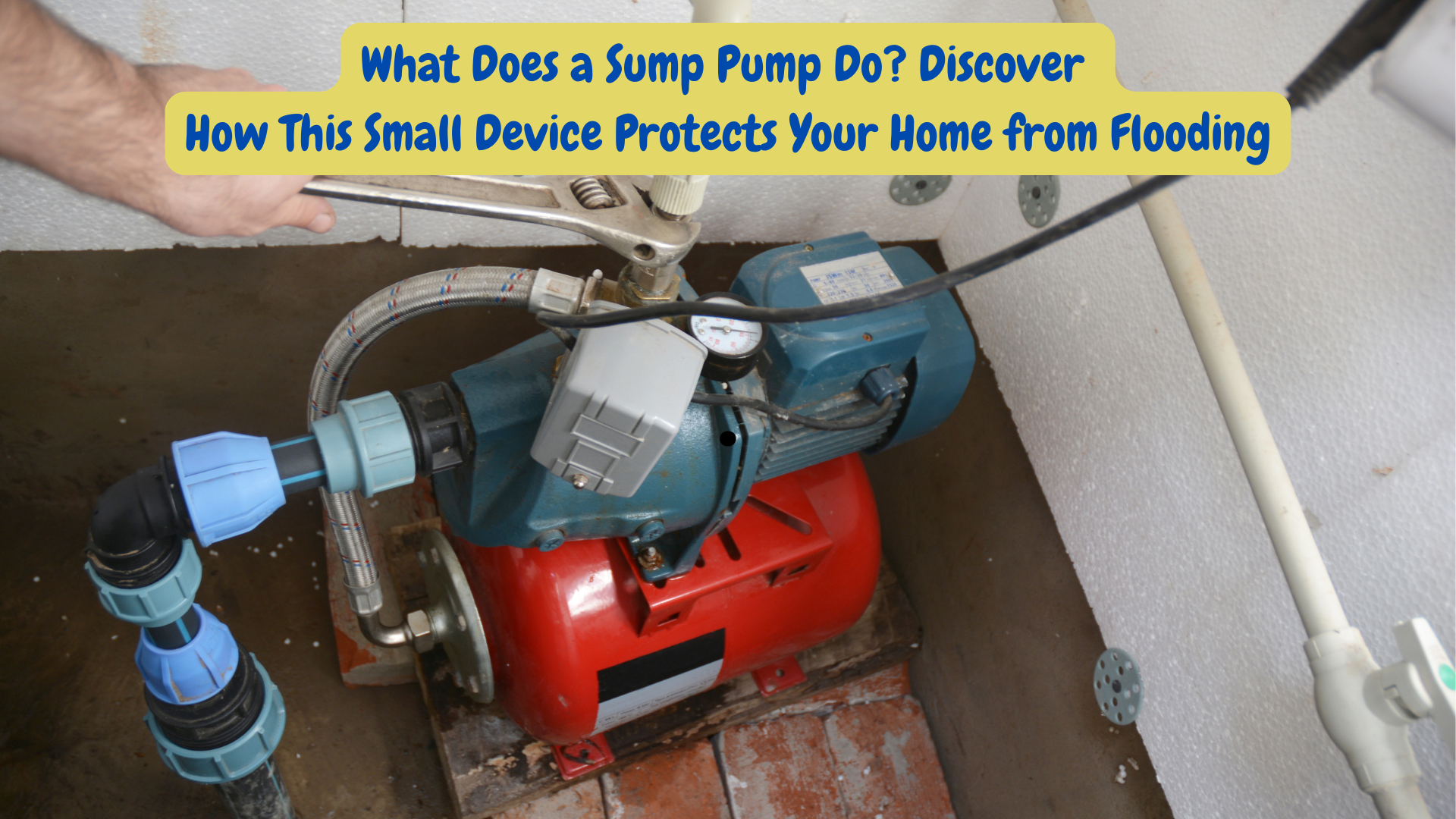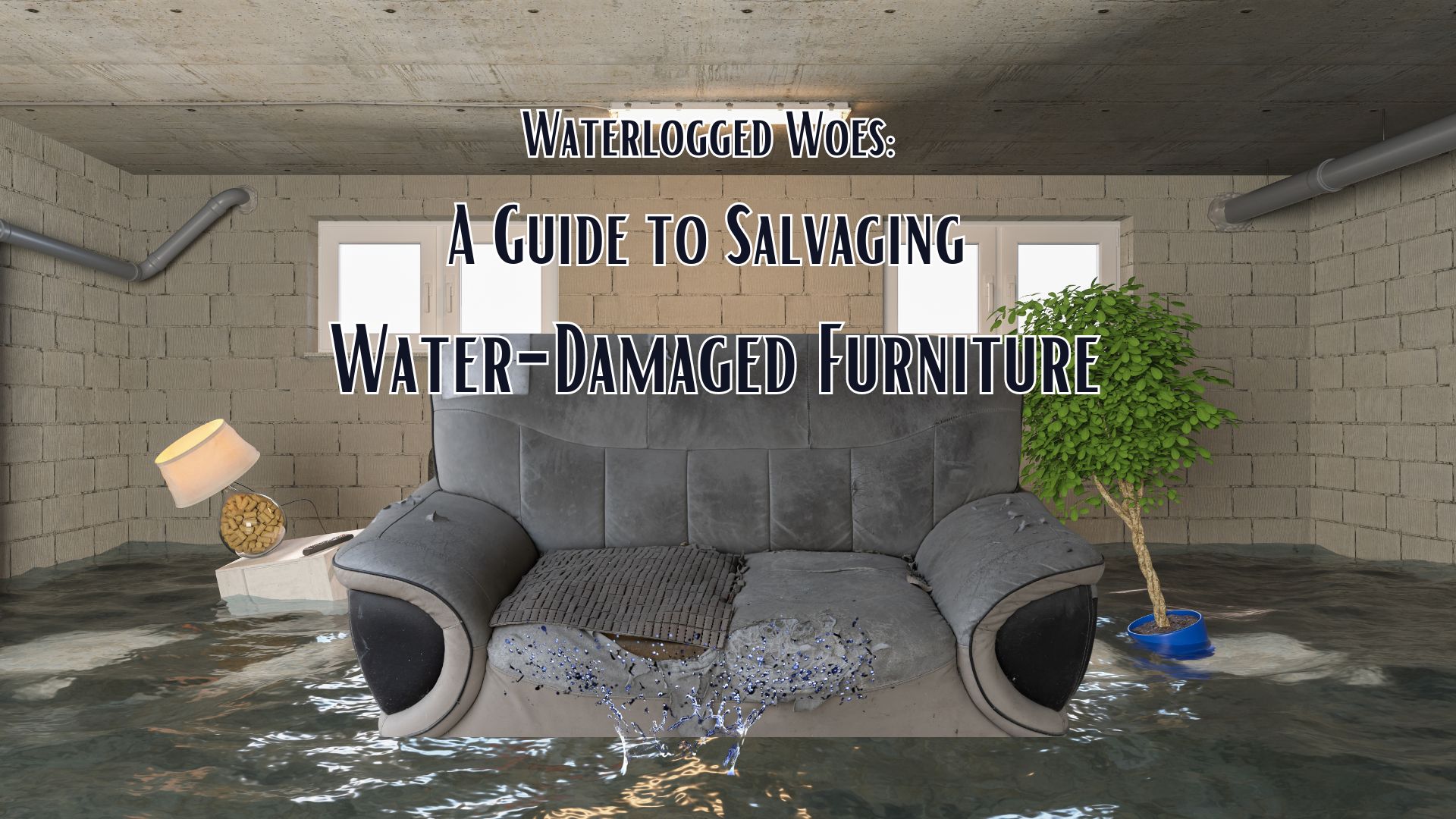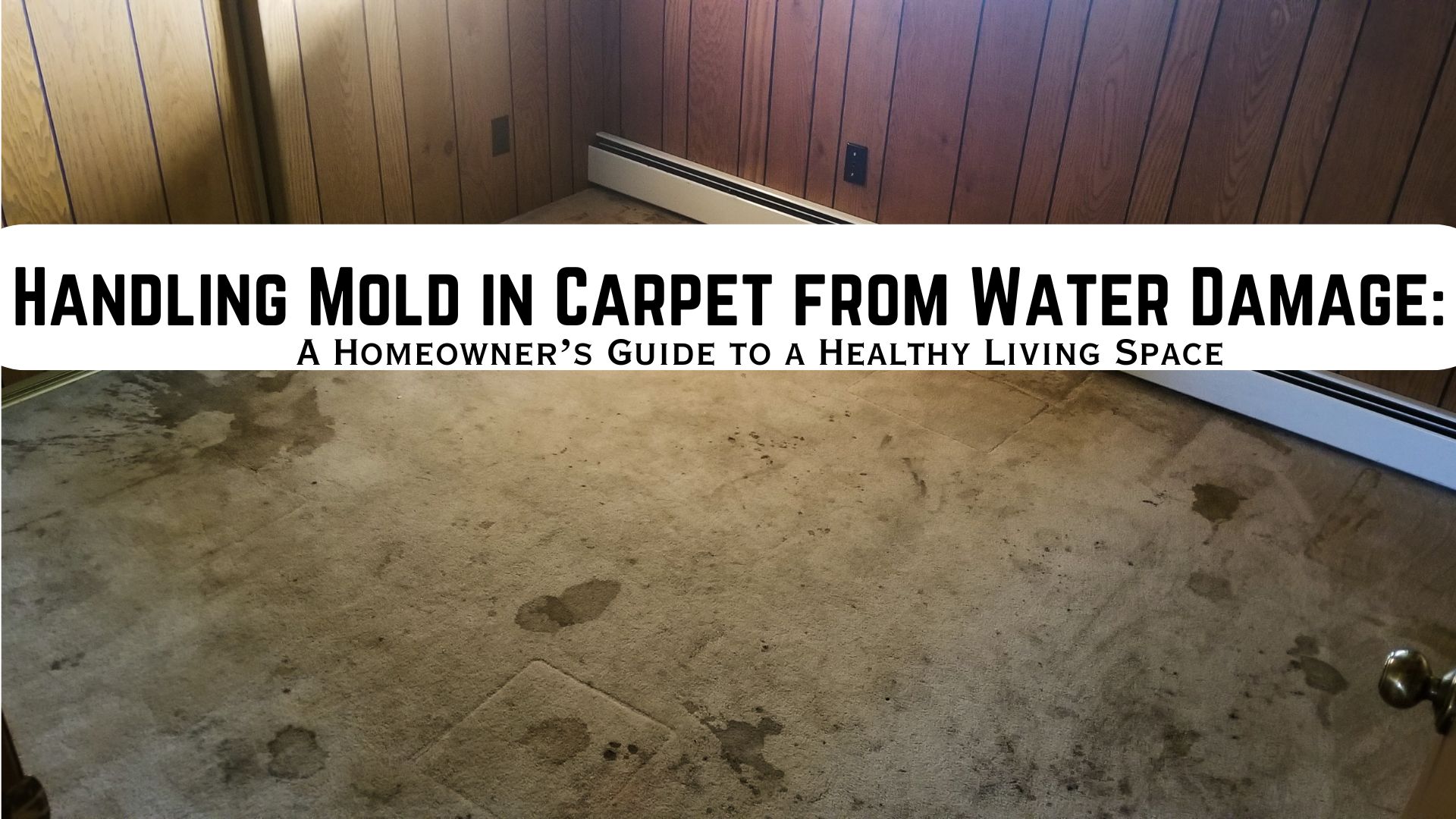Fireplace Safety Tips
In this season, when the cold, bracing weather begins to set in, nothing beats the beauty and warmth of a nice, crackling fire in a fireplace. However, the joy and warmth you receive from this fire can lead to a disaster when safety precautions are not followed. Keep in mind that heating equipment, such as a fireplace, is one of the leading causes of house fires in winter.
According to the National Fire Protection Association (NFPA), one-half of the home heating fires are reported during the months of December, January, and February. So, to enjoy the heat and smell of a crackling fire during this cold season and prevent injuries and fire damage in your home, follow these simple fireplace safety tips and precautions.
What Causes Fireplace Fires
Fireplaces fail because of these reasons;
- Blacked chimney flue or damper
- Flying embers or sparks
- Damaged fireplace components such as metal caps or missing bricks
- Overloaded fires
- Flammable items are too close to the fireplace
Fireplace Safety Tips that Help Prevent Fire Damage
Preventing fire damage from a fireplace begins with proper maintenance and precautions.
- Before using your fireplace this winter, have it inspected or maintained by a professional.
- Hire a qualified sweep to clean and remove any creosote and soot buildup from your fireplace and chimney. Furthermore, debris and other materials can accumulate and block your chimney, causing inadequate ventilation of your fireplace.
- Regularly inspect the chimney cap for any signs of damage. Replace or repair if necessary.
- Ensure that the chimney has a cap to prevent animals or debris from accumulating inside the chimney.
- Do not throw in the trash, cardboard, and other debris inside your fireplace. These products can discharge toxins when burned in a fireplace.
- Burn only dry, seasoned wood. Wet or green wood can produce more fire that can be too much for the damper to handle. Also, cut the wood to the correct length.
- Have a spark guard installed around the fireplace to prevent embers from coming out.
- Keep all flammable materials, like books, newspapers, furniture, and fabric at least 3 feet away from the fireplace.
- Never leave your burning fireplace unattended. Always extinguish the fire before going to bed or leaving home.
- Keep children and pets away from the fireplace when it is in use.
- Use the proper tools like a brush, shovel, tongs, poker, or a long carrier to maintain the fire.
- Clean your firebox and remove ashes regularly or at least once a week during the colder months to prevent ash and soot from accumulating in your fireplace.
- Close the damper when the embers have completely cooled down.
- Place a fire extinguisher in the room where the fireplace is located.
- Install smart devices like smoke detectors, alarms, and carbon monoxide detectors to alert you of any possible house fire. Furthermore, regularly inspect these devices to ensure that they are in good working condition.
Safely Start A Fire
- Remove the ashes from the firebox before stacking some logs in your fireplace. But be sure that the ashes have already cooled down to prevent injuries. Dispose of old ashes and embers in a tightly sealed metal container.
- Open the chimney damper before starting a fire to ensure proper ventilation.
- Ensure that your fireplace has a grate for safety purposes and to allow adequate airflow necessary to sustain combustion.
- Use some crumpled paper and add some kindling underneath the grate to start a small fire.
- Place the logs at the back of the fireplace on top of the grate. Arranging the logs at the rear of the place will help prevent sparks and embers from getting out of the fireplace box.
- Use a match or a lighter to start a fire. Remember not to use any flammable liquid in starting a fire.
- Keep your kindling burning until the wood catches fire and as the fireplace heat, gradually add more logs.
- Always keep the fire small to lessen creosote buildup and generate less smoke.
- Tightly close the metal-mesh screen or glass fireplace door to keep the hot embers inside the fireplace.
- You may consider opening your window slightly to allow fresh air intake. Outside air will help the fire to burn efficiently.
Professional Fire Damage Cleaning And Restoration Services
Following the above safety tips and precautions can help reduce the risk of a house fire and allow you to enjoy the cold weather of winter. But, if your fireplace fails and your home or building suffers from fire damage, contact a professional fire and smoke damage restoration company, like Superior Restoration, immediately. Fire, smoke, and soot can cause severe damage to properties. Thus, a quick response is crucial.
Superior Restoration offers 24/7 emergency restoration services to help restore a fire-damaged home or business. We have professionals ready to respond and attend to your emergency. Contact our office today for quality fire damage cleaning and restoration services.




